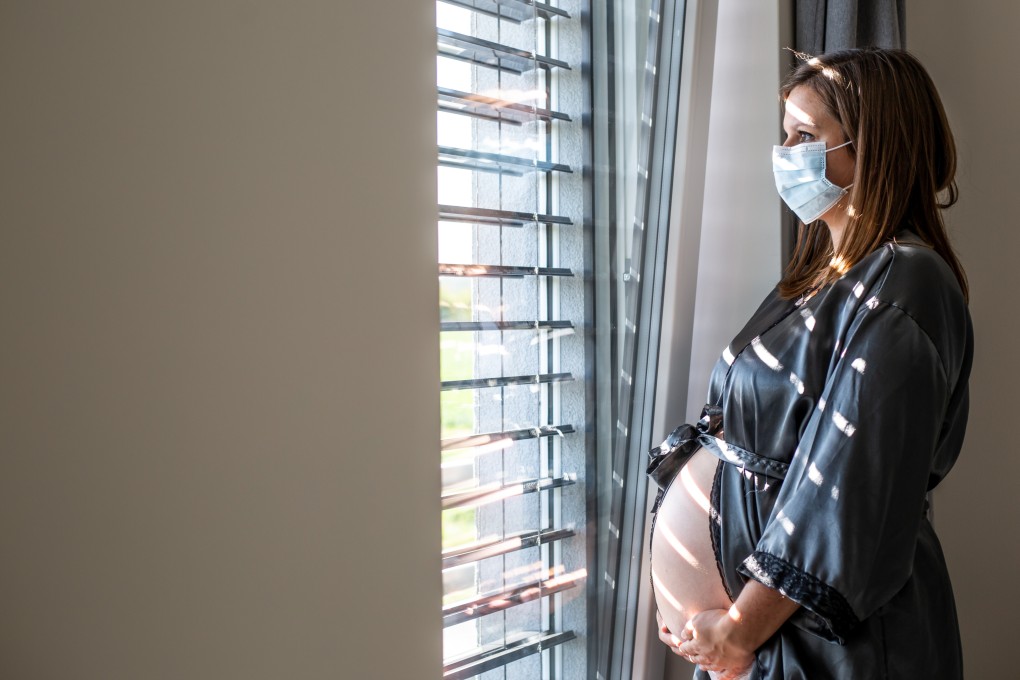The coronavirus pandemic has affected pregnancies and birth rates. You may be surprised at what has actually happened
- Coronavirus lockdowns, no holidays, everyone stuck at home: it seems like a recipe for a birth spike
- That prediction never came to pass; with fewer pregnancies, and, for some reason, fewer premature births

Early in the pandemic, there were predictions that stay-at-home orders would spawn a baby boom.
“Nine months after folks are forced to hunker down and ride out a natural disaster, the birth rate suddenly spikes,” explained an article on Fatherly, a parenting news website. “Whether it’s the boredom ... or the sense of impending doom, there’s something about these situations that makes people do what comes naturally.”
This month, Fatherly ran a sequel titled, “The Covid-19 Baby Boom is a Lie.”

The pandemic has had profound impacts on pregnancy and birth rates, as well as birth outcomes, and the long-term consequences could ripple through economies, education systems and more. The thing is, some effects have defied expectations, and some are hard to explain.